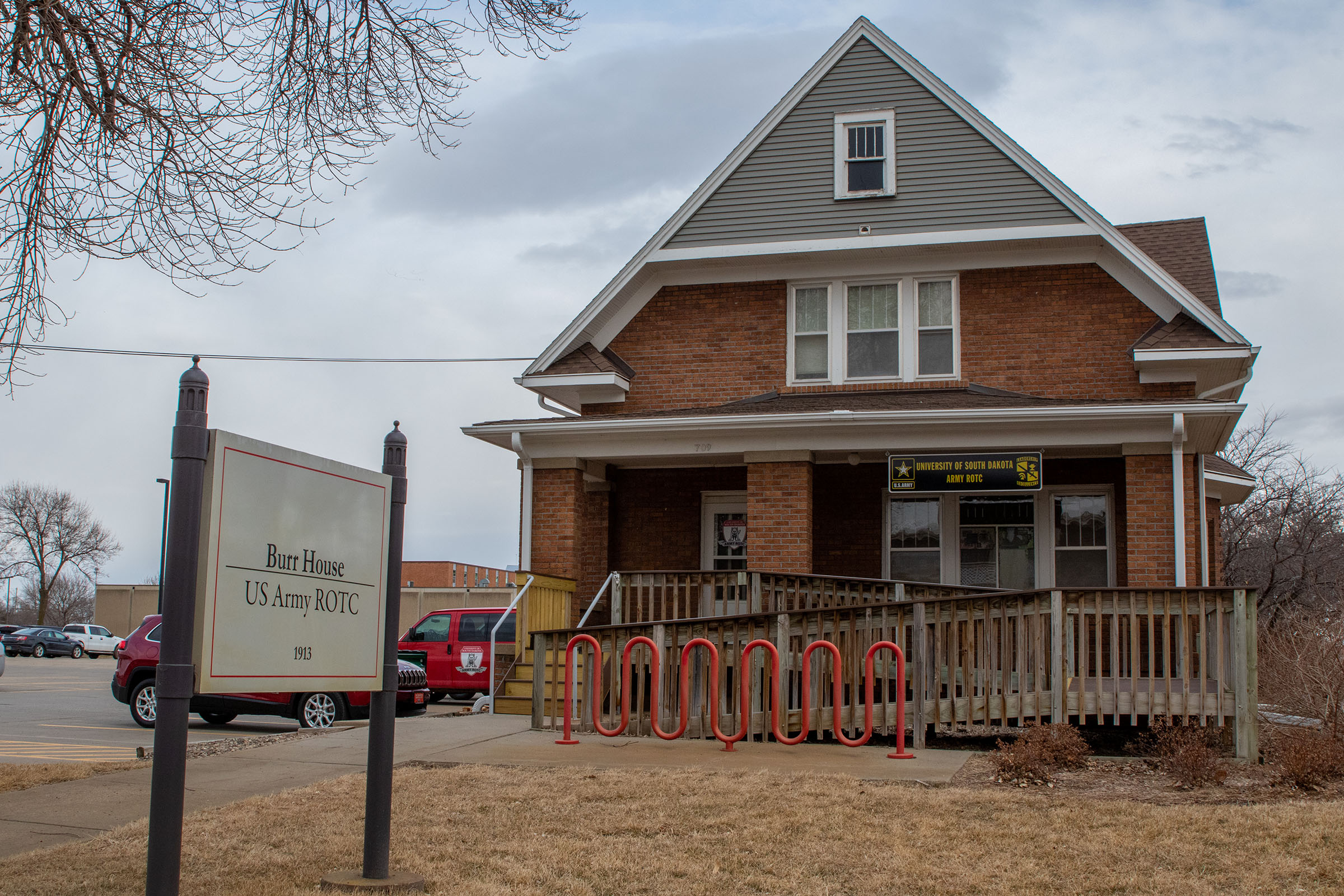
USD ROTC strives to boost recruitment numbers, increase stability
The USD ROTC program hasn’t met their recruitment levels since 1973, but they are working to change that.
The ROTC program’s mission is to graduate a certain number of cadets every year, but this goal hasn’t been met in 47 years. When the USD ROTC program was established until 1995, its mission was to graduate 25 cadets.
In 1995, that number was renegotiated to 15 cadets. The last time the ROTC program managed to meet the set standard was 1973, at the end of the Vietnam War.
Lieutenant Colonel Dan Sundberg, chair of the USD Department of Military Science, said the struggle to meet recruitment levels comes from a variety of factors.
“We do PT either in the Dome or the Wellness Center and our classes are spread out on campus,” Sundberg said. “It’s tough to sell confidence into these cadets when they have to come here to meet their professor, go here for physical training, go here for class.”
The current ROTC cadet count stands at seven seniors, 10 juniors, 15 sophomores and 31 freshmen. Sundberg said the program sees attrition from year to year.
“President (Shelia) Gestring has been incredibly supportive of ROTC. There is a plan apparently to move us into the Dome,” Sundberg said. “When you look at world-class facilities, everything’s in one spot.”
Sundbergs said the ROTC program has been on a recovery track recently, with increased recruiting.
“We have lemons; we’re making lemonade. We have incredible cadets that are energized and motivated,” Sundberg said. “I attribute the success in recruiting to positive energy. We won the Ranger Challenge last year … which really helped.”
The USD ROTC program is capable of bringing in $443,000 in scholarships a year if it brings in 15 cadets.
USD ROTC is part of the third ROTC brigade, which includes the upper Midwest from the Dakotas to Illinois. This brigade includes 41 host schools, three of them in South Dakota. Sundberg said there’s a push at the federal level to move some of the programs out to colleges in the Southwest.
“They’re looking for schools to give up their ROTC program, so we can go meet the demand that’s down there,” Sundberg said. “So there’s a challenge for us to make sure the army knows that it’s worthwhile to have ROTC here, because right now the juice isn’t worth the squeeze.”


